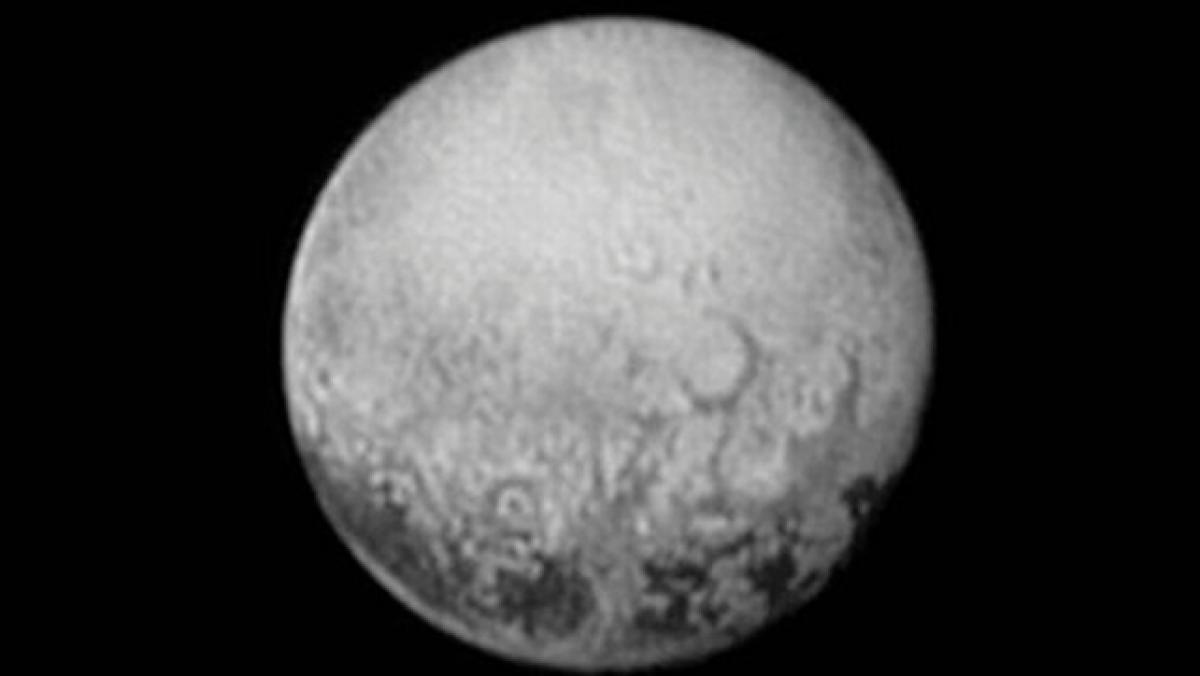Live
- 20 killed after boat capsize in Cameroon
- Share market opens in green, media and pharma stocks shine
- Gold rates in Delhi today surges, check the rates on 29 November, 2024
- Gold rates in Hyderabad today surges, check the rates on 29 November, 2024
- Gold rates in Vijayawada today surges, check the rates on 29 November, 2024
- Gold rates in Visakhapatnam today surges, check the rates on 29 November, 2024
- Gated communities care two hoots about SEEEPC survey in Hyderabad
- Chandrababu to visit Anantapur for NTR Bharosa pension fistribution tomorrow
- RR dist registers 91.6% survey completion rate
- Ex CID chief has biz links in Dubai, alleges Dy Speaker RRR





.jpg)




